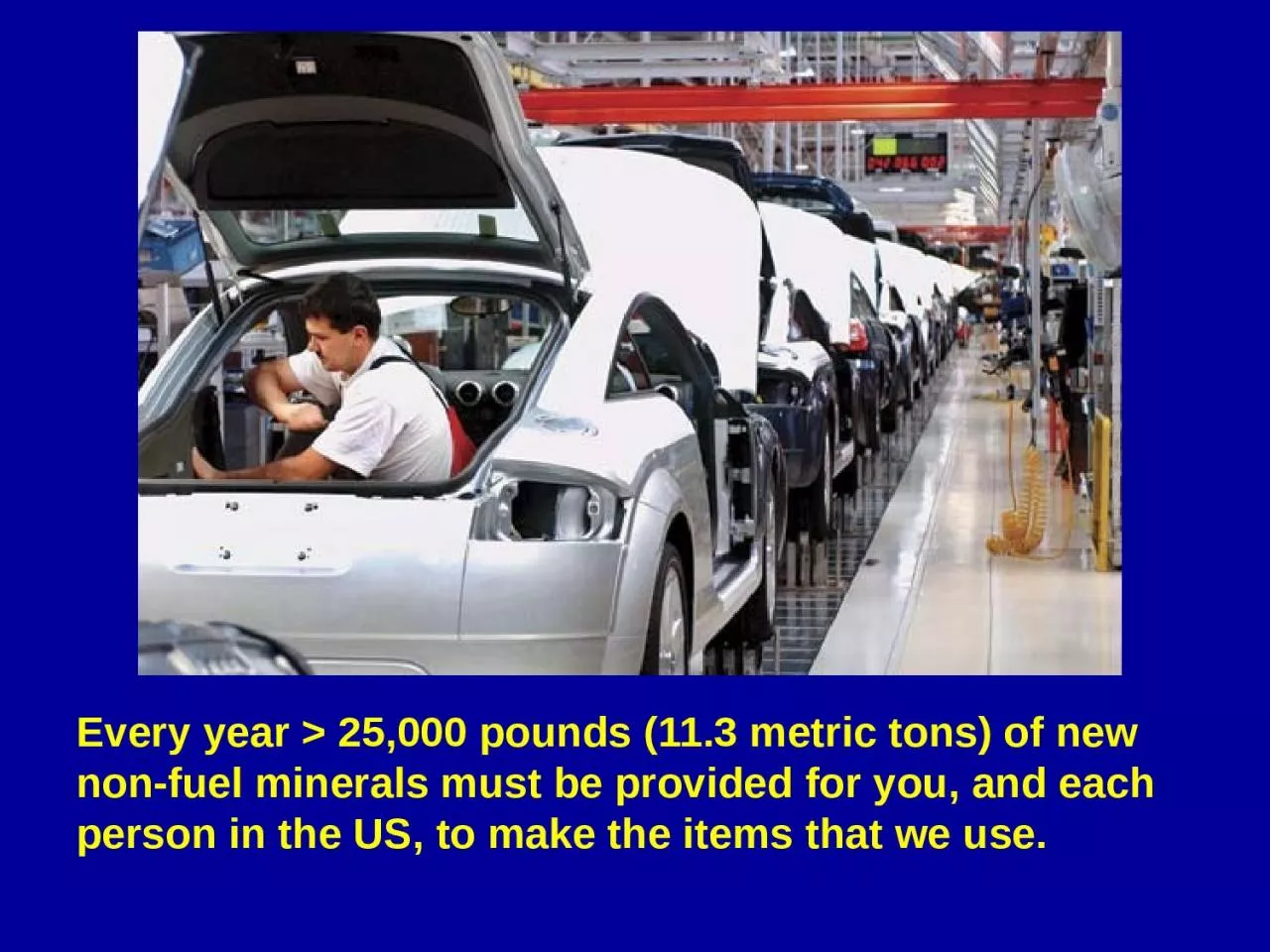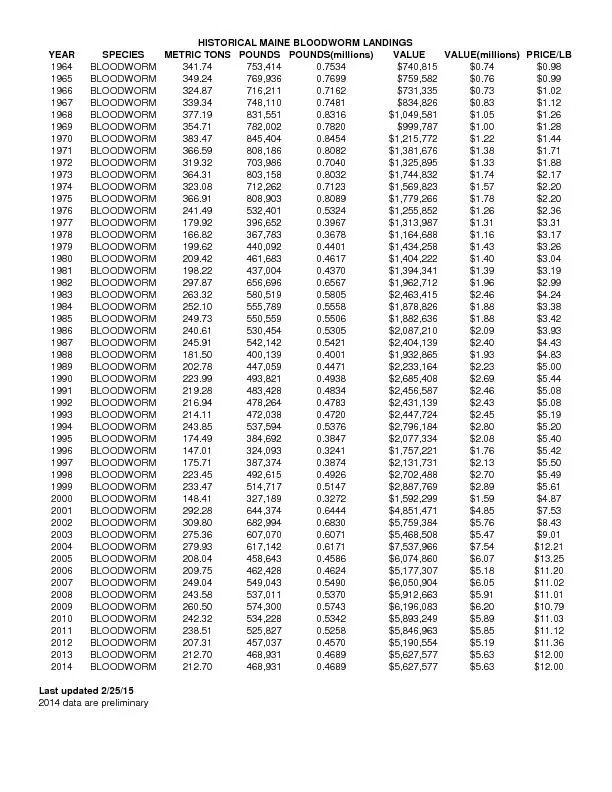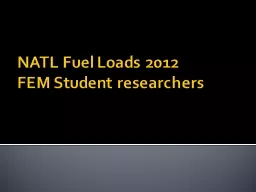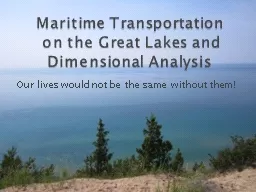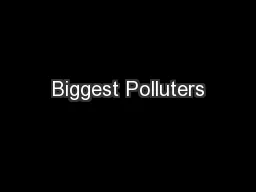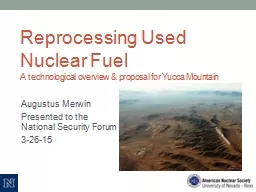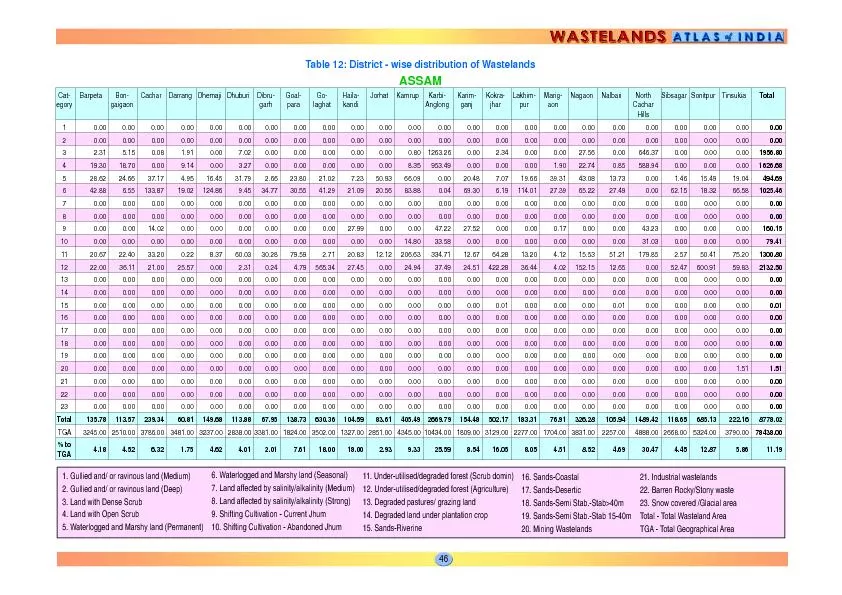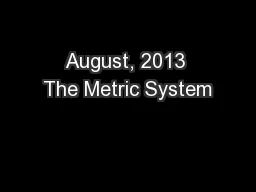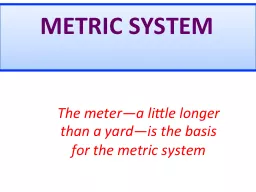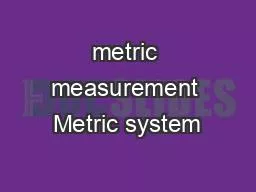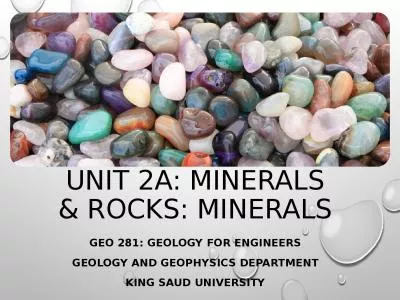PPT-Every year > 25,000 pounds (11.3 metric tons) of new non-fuel minerals must be provided
Author : jasmine | Published Date : 2022-06-28
we use Human History Stone age Copper Age Bronze Age Iron Age 7 metals of antiquity Gold 8000 yra copper 6200 yra silver 6000 yra lead 5500 yra tin 3750 yra iron
Presentation Embed Code
Download Presentation
Download Presentation The PPT/PDF document "Every year > 25,000 pounds (11.3 metr..." is the property of its rightful owner. Permission is granted to download and print the materials on this website for personal, non-commercial use only, and to display it on your personal computer provided you do not modify the materials and that you retain all copyright notices contained in the materials. By downloading content from our website, you accept the terms of this agreement.
Every year > 25,000 pounds (11.3 metric tons) of new non-fuel minerals must be provided: Transcript
Download Rules Of Document
"Every year > 25,000 pounds (11.3 metric tons) of new non-fuel minerals must be provided"The content belongs to its owner. You may download and print it for personal use, without modification, and keep all copyright notices. By downloading, you agree to these terms.
Related Documents

